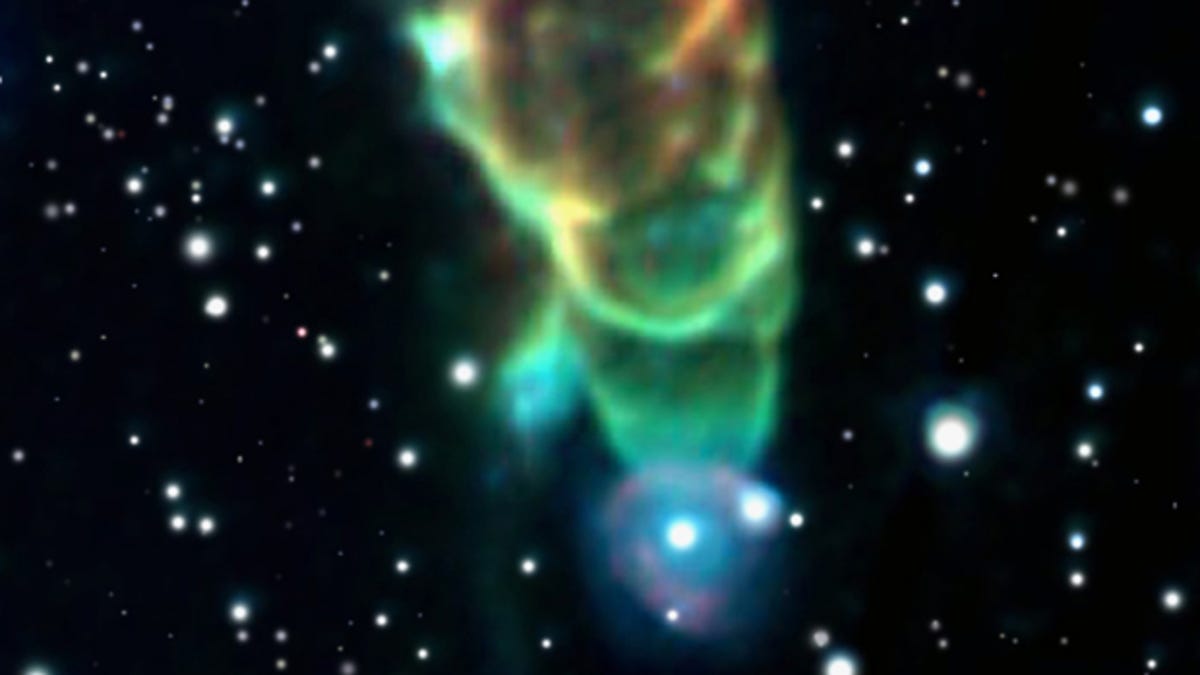Spitzer telescope brings 'infrared wonders' home
To celebrate the previous 1,000 days of the NASA Spitzer space telescope, astronomers release their top 10 most dramatic images captured by the infrared camera on board.

Astronomers marked the previous 1,000 days of NASA's Spitzer space telescope by releasing stunning images captured by its infrared camera.
The telescope, which is equipped with the Infrared Array Camera (IRAC), was launched in 2003 to both search distant galaxies and create images of objects closer to our solar system.
The IRAC is sensitive to infrared light, or light beyond the red end of the visible spectrum, which makes it unique in the images it can create of cosmic dust, stars forming, and even the collision of different galaxies, according to the Harvard Smithsonian Center for Astrophysics, which released its top 10 "infrared wonders" earlier this week.
The telescope was originally launched with a supply of liquid helium coolant for its camera because the heat it gave off could interfere with infrared light given off by the warm objects it was observing, according to Discovery. As expected the coolant slowly depleted and ran out in 2009, or about 1,000 days ago, but the IRAC can still take images, although without all its infrared sensors.
The mission for the Spitzer telescope was recently extended for two more years through 2015. In addition to continuing to create infrared images of the heavens, it will also probe the atmospheres of exoplanets. Take a look at the slideshow below of beautiful infrared images that help us visualize and understand space.

